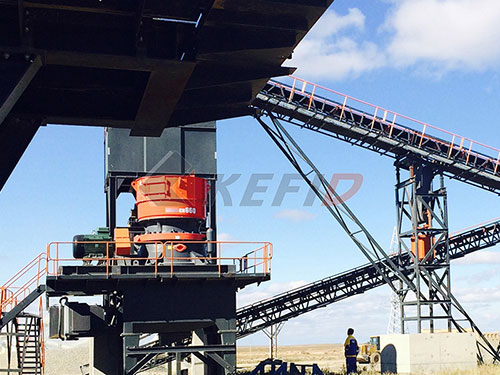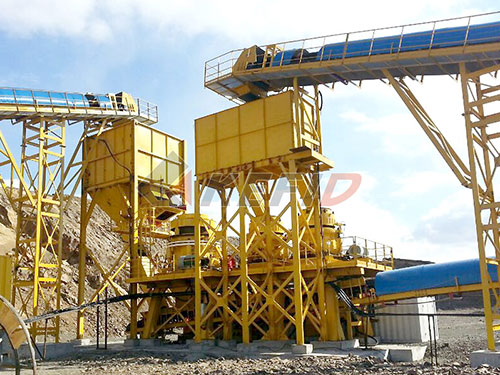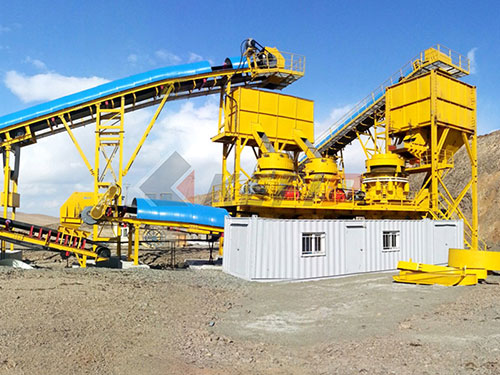Navigating the Market: Understanding Large Capacity Impact Crusher Pricing in Chile
Chile, the undisputed copper king and a titan of global mining, presents a landscape of immense opportunity for heavy machinery suppliers. At the heart of many mineral processing circuits lies a critical workhorse: the large capacity impact crusher. These robust machines, capable of handling hundreds to thousands of tonnes per hour, are essential for primary and secondary crushing of hard rock ores like copper, iron, and lithium-bearing minerals. For companies operating in or supplying to this demanding market, understanding the factors influencing the list price of these crushers is crucial for informed budgeting, procurement strategies, and competitive positioning.
The Chilean Context: Demand Drivers
Chile’s mining sector is the engine of its economy. factors driving demand for large impact crushers include:
1. Copper Dominance: Maintaining and expanding world-leading copper production requires continuous investment in processing infrastructure, including high-capacity crushing plants for new projects and expansions (e.g., Quebrada Blanca Phase 2, Chuquicamata Underground).
2. Lithium Boom: The global energy transition fuels explosive growth in lithium extraction from brine and hard rock sources in the Salar de Atacama region. Processing spodumene ore demands efficient primary crushing.
3. Iron Ore Resurgence: Projects like Cerro Negro Norte and Cap demonstrate ongoing activity in iron ore.
4. Aggregates & Infrastructure: Chile’s significant infrastructure development programs (roads, ports, energy) drive demand for high-quality construction aggregates, requiring large-scale crushing solutions.
5. Aging Fleet Replacement: Many existing mines operate aging crushing equipment, creating a steady market for modern, efficient replacements offering lower operating costs.

Defining “Large Capacity” in the Chilean Market
In the Chilean context, “large capacity” typically refers to impact crushers designed to handle feed sizes often exceeding 1 meter (40 inches) and producing outputs suitable for downstream grinding or further processing at rates starting from approximately 500 tonnes per hour (tph) and scaling significantly upwards – commonly ranging through 700 tph, 900 tph, up to 1,200 tph or even beyond 1,500 tph for mega-projects.

Primary impact crushers (used as the first reduction stage) dominate this segment due to their ability to handle large feed sizes effectively. Secondary impact crushers also feature prominently but often at slightly lower capacities within this range.
Unpacking List Price

Leave a Reply